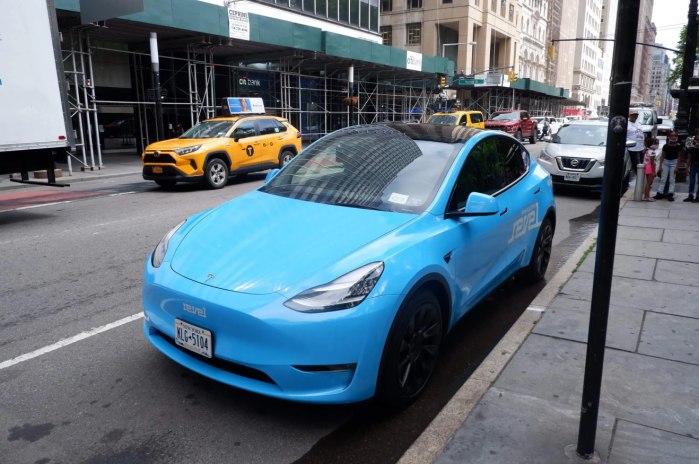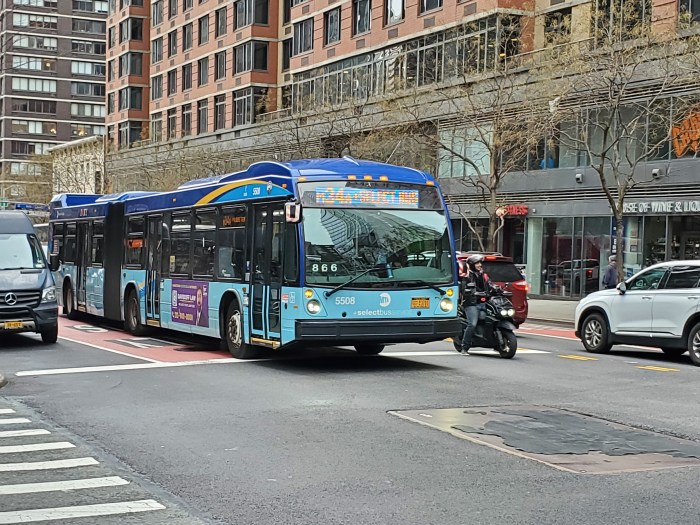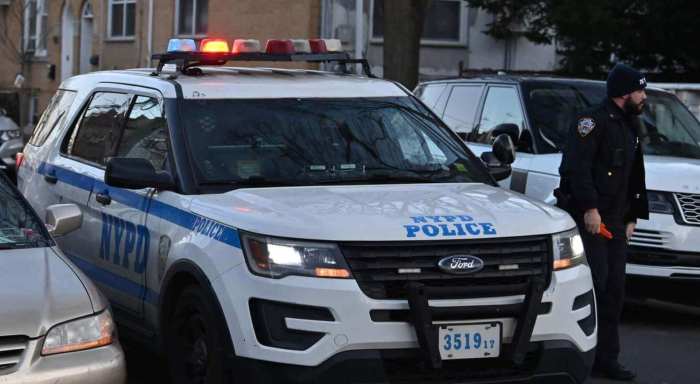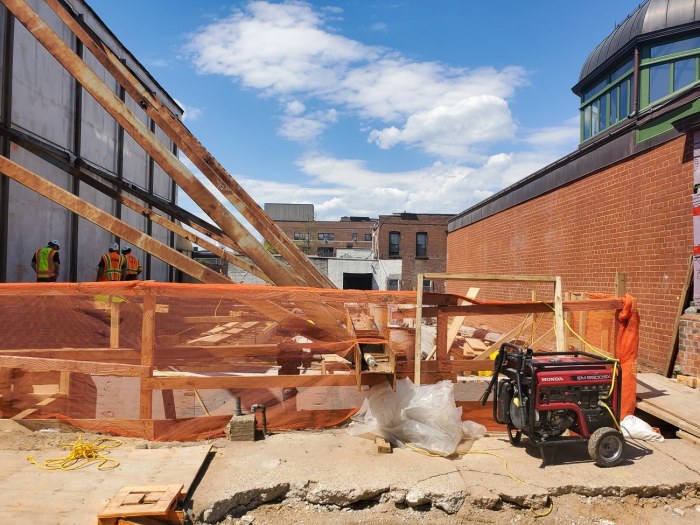
Mayor Bill de Blasio’s administration is celebrating 2016 as a record-setting year for protected bicycle lane installation.
The city’s Department of Transportation is announcing Tuesday that it’s set to build 18 fully-protected bike lane miles in 2016 — surpassing its goal of 15 lane miles for the year.
Fully-protected lanes buffer cyclists from traffic with physical barriers, like parked cars and pedestrian islands.
The previous record was set last year, when the city built out 12.4 miles of protected bike lanes. In the seven years prior to de Blasio’s administration, the city averaged 5.2 new protected lane miles per year.
“Among our Vision Zero plans announced earlier this year was an unprecedented 15-mile expansion of the protected bike network, because we know that protected bike lanes not only get more people cycling, they calm traffic and save lives. Today we are proud to announce that we are poised to exceed this ambitious goal,” de Blasio said in a statement. “No cyclist death is acceptable and that’s why we’ll continue raising the bar to keep riders protected.”
The record number is part of 75 overall bike lane miles that the city said it expects to build in 2016. That total also consists of 43 unprotected bike lane miles, making up about 57% of lanes, and 14 shared lanes, or roughly 19%, known as “sharrows.”
Moving forward, the Transportation Department has set a bar to build out 10 miles of protected bike lanes each year as part of its commitment to installing safer and more-high quality infrastructure for a rapidly growing number of cyclists.
In a report out this year, the city documented a 68% increase in daily cycling between 2010 and 2014.
“Our Vision Zero goal has always been to make sure that with the massive growth in its popularity, cycling remains safe,” said DOT Commissioner Polly Trottenberg in a statement. “This year’s unprecedented pace … assures that even more New Yorkers will take to two wheels in the years ahead.”
The news comes after the number of cycling deaths this year, 17, has surpassed the 15 total cycling deaths reported in all of 2015, according to city data. Activists said the protected bike lanes must be part of a more concerted approach if the city wants to meet Vision Zero’s goal of zero traffic deaths by 2020.
“We’re still waiting for an appropriate response and plan to address the unnecessary carnage that we continue to see on our streets,” said Paul Steely White, executive director at Transportation Alternatives. The non-profit is organizing a mass bike ride on Thursday to rally in part for a greater investment in street redesign projects.
Councilman Ydanis Rodriguez, chair of the Transportation Committee, described the year in bike lanes as “a step in the right direction,” but also called for an increase to the city’s $115 million that it’s allocated for street redesign and traffic-calming projects in 2016.
“While the city has consistently improved on bike lane construction year after year, we know that to protect the growing number of cyclists on our streets, we must be as proactive as possible,” Rodriguez said.
Cycling through the numbers
18- Fully-protected bike lane miles to be built by city in 2016
12.4 – Previous record for added fully-protected bike lane miles, set in 2015
75 – Bike lane miles the city expects to be build overall in 2016
57% – Percentage of added bike lane miles in 2016 that will be unprotected
17 – Cycling deaths reported so far in 2016

















